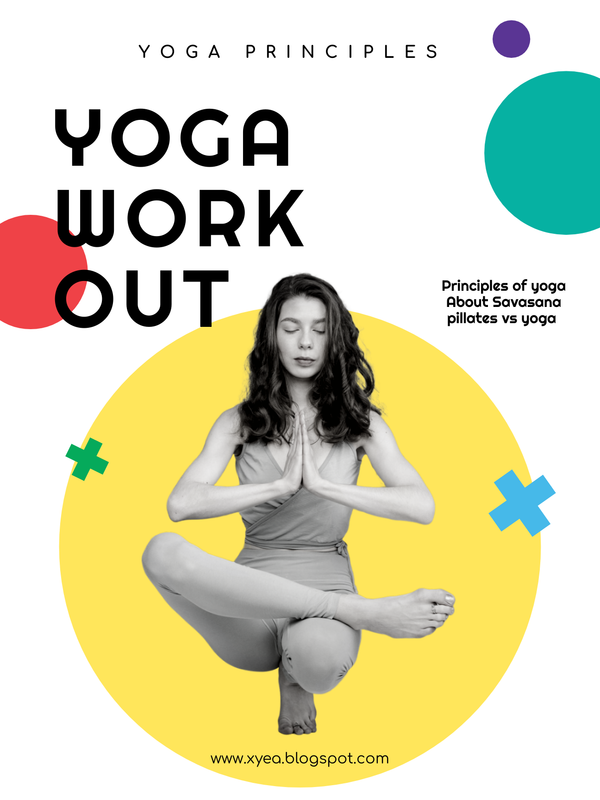Most interesting yoga asanas and it's principles
Yoga can be done in many ways.It also has physical benefits like improving flexibility, strength and balance. A basic yoga routine might include exercises such as breathing techniques, stretches or poses. Some people add meditation to their yoga routine while others do not. For example, a class designed for older adults may focus on stretching and strengthening muscles while a class designed for younger adults may focus on breathing techniques to help with stress management.
 |
| All about Yoga |
The more you workout perfect yoga you will get perfect results from yoga. If you can't keep your balance as you do the poses then they won't be very useful!
How yoga came in to origin:
Yoga is the name given to a group of ancient Indian practices that developed in the pre-Buddhist era.
Yoga asnan comes from the Sanskrit word yuj, mean "to bind", "to unite", or "to attach". It also means "yoke" and "connection" in reference to the metaphysical concept of self as an inseparable part of a cosmic whole. The origin of this concept is found in pre-Vedic Hinduism and later evolved into a general sense of spiritual unity.
The earliest evidence of yoga practice has been found in prehistoric cave paintings dated to about 7,000 years ago. In India, yoga has been described as “the still point at which body and mind become one” and as “the glue that holds together both body and consciousness”. Modern research on yoga emphasizes its relation to fitness and well being; it includes many types of exercise (including breathing exercises) and postures, but also meditation and ritual techniques such as mantras, mudras, chakras (energy centers), nadis (subtle energy channels), pranayama (breath control techniques), pratyahara (sense withdrawal), dharana (concentration), dhyana (meditation),
The four principles of yoga are:
1.Yamas or restraints: these are the ethical guidelines that help you to stay within yourself and your own limits, while still being in control.
2.Niyamas or observances: these are the ritualistic practices that help you maintain balance in your life, including things like meditation and self-discipline.
3.Asanas or postures: these are physical exercises designed to keep your body healthy and strong for a long time, like any other sport.
4.Pratyahara: this is a state where you can withdraw from the rest of the world into yourself, so that you can find inner peace and harmony through self-exploration and understanding yourself better—which is an important part of yoga philosophy in general!
Who don't have to do Savasana in general.
People who habitually take on too much
People who are allergic to rest and relaxation
People who always need to be busy
People who don't feel like they deserve a break
People recovering from an injury.
Although savasana is for everyone, there are some people it can benefit more than others.
While relaxation is good for most people, there are a few groups of people who should not do Savasana.
Pregnant women often avoid Savasana due to the risk of hyperthermic damage to the fetus during the prenatal period.
Anxiety is another common reason people avoid Savasana.
those experiencing a depressive episode should be careful about doing savasana.
People with high blood pressure should also take care with Savasana.
While relaxing, those with certain physical and mental conditions should exercise caution before using the practice of Savasana.
Deep link with yoga and pilates, Which is better?
Pilates is a physical exercise class. The focus of the class is on core strength, flexibility and control. Pilates uses your own body weight to perform exercises that help you strengthen your core muscles and improve your posture.
Yoga originated in India around 2600 BC and has evolved over the centuries into many different forms of yoga. It is a type of meditation that involves both physical activity as well as breathing techniques designed to bring about deep relaxation in your body and mind.
In general, Pilates is a more intensive form of exercise than yoga, while yoga is more relaxed and meditative. Pilates combines both elements into its classes.
